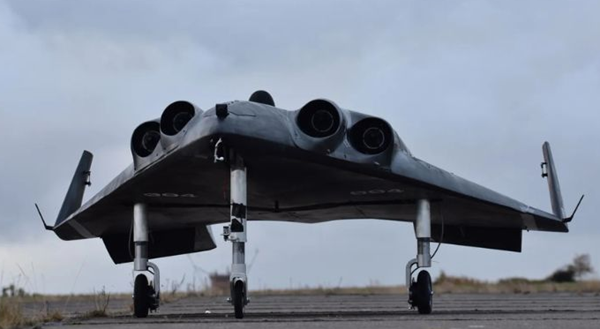German aerospace startup based in BremenPOLARIS Spaceplanes has reached a major milestone with the successful testing of a 3D printed Aerospike rocket engine. This achievement highlights the growing importance of 3D printing technology in the aerospace sector. In this series of tests, the five-meter-long MIRA II prototype was subjected to taxiing and flight tests, and its innovative LOX/Kerosin-AS-1 engine, produced using manufacturing technology additive, stood out. The company expects the prototype to enter regular flight as early as 2028.
How is MIRA II made? The MIRA II prototype was developed from the original MIRA demonstrator, which crashed during a test flight in May 2024. POLARIS has made progress since this incident. The new prototype thus completed a three-hour engine test at the airport and successfully completed an unmanned flight test over the Baltic Sea. During the final test, the demonstrator took off from Peenemünde Airport with four turbojet engines. Once the ignition moment is reached, the AS-1 engine burns for three seconds, producing 900 Newtons of thrust and an acceleration of 4 m/s².

MIRA II demonstrator. (Photo credit: POLARIS Space Plans)
Also,Aerospike engines are a more efficient alternative to traditional rocket engines equipped with bell-shaped nozzles. Therefore, MIRA II uses a stinger-shaped nozzle, which offers several advantages. One of the main benefits is weight reduction, thanks to the compact mass-saving design. The engine is also capable of adapting to different altitudes and pressures to ensure optimal performance, continually and efficiently adapting thrust to conditions.
However,A disadvantage of Aerospike thrusters is that they generate a lot of heat during operation and require complex cooling systems. To meet this challenge, POLARIS uses additive manufacturing technology, notably that developed by AM Global. Currently, POLARIS Spaceplanes plans to continue optimizing testing of the Aerospike engine and conduct an extensive flight test program aimed at evaluating the operational capabilities of this 3D printing technology.
Daguang focuses on providing solutions such as precision CNC machining services (3-axis, 4-axis, 5-axis machining), CNC milling, 3D printing and rapid prototyping services.










































